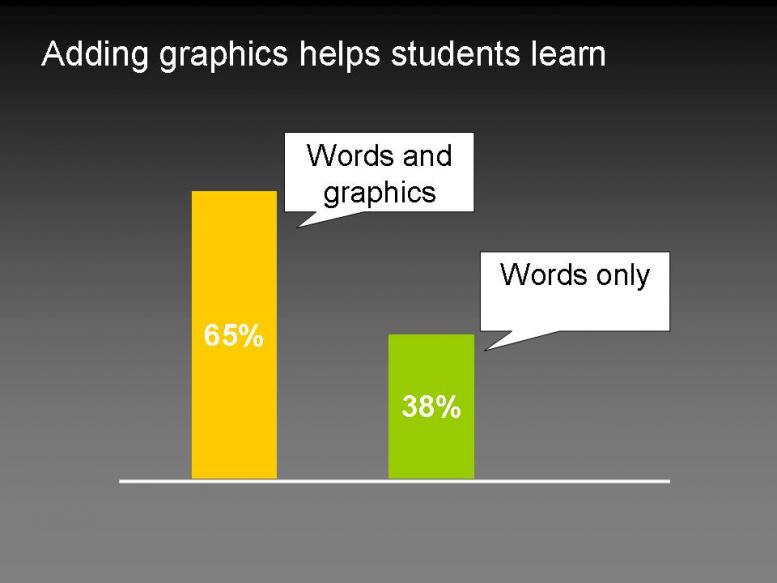Search This Blog
Sunday, December 19, 2010
Summary of the class
I had a bit of a different experience in the class, for no reason other than I came to most classes late, because of my Senior Seminar class. However, I did find the class to be quite rewarding and enjoyable. I was at least familiar will all the materials presented in the class. However, there were things that I have not had previous opportunity to experiment with, like Podcasting for example. I enjoyed having the option to be creative with the projects, and having the opportunity to present at the end of the classes. In addition, I feel that the skills learned in the class could easily be applied to my own classroom in the near future. i did feel that parts of the class became drawn out. This was not the product of the teaching in the class, but the fact that the class was divided. There were two groups clearly divided by age and technological experience. At times, you would say the name of the program or a web site, I know it well or have an account already, while it was breaking news to half the class. At the moment, I can not think of a way to remedy this, given learners will always be diverse, and have different levels of experience, but that would be the only fault I found in an otherwise rewarding class experience.
Tuesday, December 7, 2010
Technology Questions for Will Richardson
Technology Questions for William Richardson
1. If you had to argue in defense of technology in the classroom, what would be you key points to convince a person against technology that it is an effective and necessary element of a classroom?
2. Again, in support of technology in the classroom, what tools, programs, websites, etc. would you suggest are the most effectively used with a classroom?
1. If you had to argue in defense of technology in the classroom, what would be you key points to convince a person against technology that it is an effective and necessary element of a classroom?
2. Again, in support of technology in the classroom, what tools, programs, websites, etc. would you suggest are the most effectively used with a classroom?
Friday, October 22, 2010
Tuesday, October 19, 2010
Monday, October 4, 2010
Visual Vocab Project
For my visual vocab project, I chose to do Geography Terms. The following is my Visual Vocab: Geography Terms PowerPoint Presentation.
Visual Vocab - Geography
View more presentations from TR3NT13.
Wednesday, September 22, 2010
Mayers Cognitive
Mayer’s Cognitive
Mayer’s Cognitive, which may also be referred to as the Cognitive Theory of Multimedia Learning, is
“a cognitive theory of multimedia learning based on three main assumptions: there are two separate channels (auditory and visual) for processing information; there is limited channel capacity; and that learning is an active process of filtering, selecting, organizing, and integrating information.”
The thought is, according to Richard Mayer, is that learners will respond better to the combination of multiple types of stimulation; for example verbal and visual. Mayer believes that is a person sees written instructions, hears verbal instructions, and sees corresponding images (visual instructions) to what they are reading and hearing, they are more likely to learn and retain knowledge.
Mayer’s “Multimedia Principle”
This makes Mayer’s ideas seem very simple, while in actuality, it is a great deal more complicated. Simply adding words to pictures does not guarantee learning will occur. Words and pictures, together or by themselves are not an effective way to achieve multimedia learning. The principle is derived from Mayer’s knowledge of the human mind and the way it functions. This knowledge, in combination with the words and pictures, is what makes this theory of Cognitive Theory of Multimedia Learning effective.
This theory proposes three main assumptions when it comes to learning with multimedia:
1. There are 2 separate channels (auditory and visual) for processing information (sometimes referred to as Dual-Coding theory)
2. Each channel has a limited (finite) capacity (similar to Sweller’s notion of Cognitive Load)
3. Learning is an active process of filtering, selecting, organizing, and integrating information based upon prior knowledge.
In addition to this, there are other elements that play a role in this theory. If is a fact that human beings can only take in and process a limited amount of information at a given time. Mayer also talks about the role of three memory stores:
1. 1. Sensory (which receives stimuli and stores it for a very short time)
2. 2. Working (where we actively process information to create mental constructs (or ‘schema’)
3. 3. Long-term (the repository of all things learned)
Mayer’s cognitive theory of multimedia learning presents the idea that the brain does not interpret a multimedia presentation of words, pictures, and auditory information in a mutually exclusive fashion; rather, these elements are selected and organized dynamically to produce logical mental constructs. Furthermore, Mayer underscores the importance of learning (based upon the testing of content and demonstrating the successful transfer of knowledge) when new information is integrated with prior knowledge.
Design principles including providing coherent verbal, pictorial information, guiding the learners to select relevant words and images, and reducing the load for a single processing channel etc. can be entailed from this theory.
Subscribe to:
Comments (Atom)




